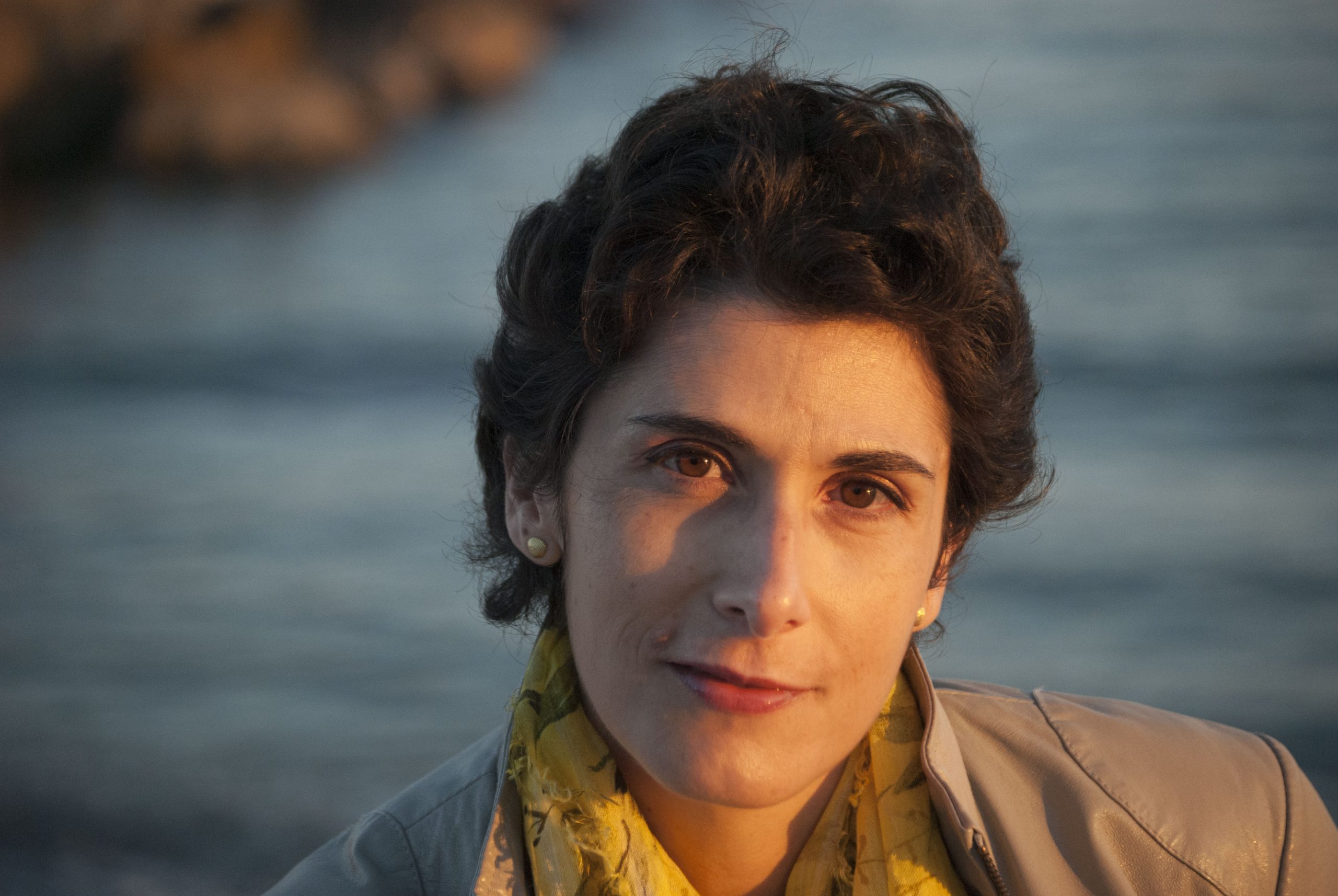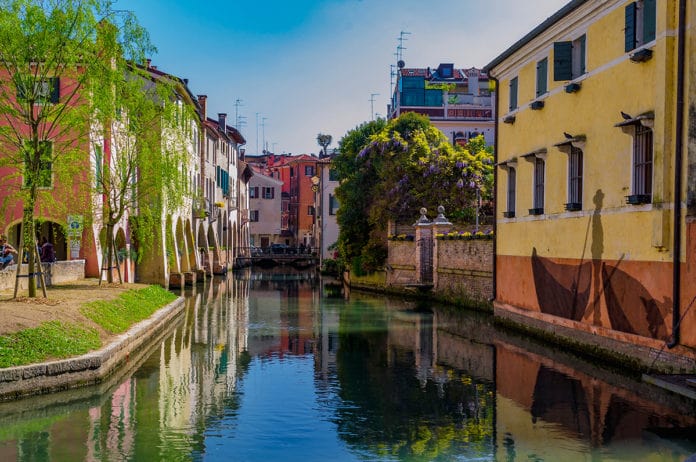Welcome to our Translator Spotlight series! We look forward to sharing with you the real people behind the computer screen, the translators who put in knowledge, expertise and care into making every translation spot on. Each month we will feature a Q & A with one translator who has stood out for going above and beyond. This month our interview is with Italian translator, Marika Tonon.
Please describe your cultural background.
I was born and raised in Treviso, a cute little town in the Northeast of Italy, about fifty kilometers away from Venice.
Since I was a child, I have been fascinated in hearing different accents, words and expressions and still am very curious.
I started studying French in middle school and continued with it, and also English and German, into High School.
When I was 19 years old, I started working as foreign manager, but I continued studying and I graduated from the School of Interpreters and Translators.
What is something you have translated that you are proud of?
I’ve had a lot of satisfactions in my professional life, but none of them can compare with the one I’m going to tell you.
A few years ago, I was involved in a project for the immigration of a group of immigrants from Libya. I was in charge of the translation of medical and legal documentation.
I ended up meeting this group of people very often, and I enjoyed speaking with them.
As the days and months went by, mutual trust grew and one day, they asked me to make myself available for interviews.
Many came to tell their stories and their dramas, they wanted me to transcribe and translate their testimonies.
It was an extensive linguistic, managerial, and editorial work, perhaps professionally the hardest ever.
It was a strong, formative period, during which I worked as a translator and speaker and I was involved in two major projects for the integration of foreign women in Italy as well.
It was supposed to be a short-term experience, but it lasted two years. Our meetings became a moment in which people felt free to let off steam and express themselves.
Despite the tragic nature of their stories, I felt a deep gratitude to these people.
I am proud to have overcome our linguistic and cultural barrier and, above all, to have given my small and personal contribution to humanity.
What is a typical day in the life of a translator look like?
I wake up early in the morning – at about 6:30 a.m. –I have my breakfast and I do some housework. Having a family means being able to combine personal and professional life in the best possible way. It’s not easy, especially when the office is at home! I usually start to work at 8:00 a.m. until 12:30 p.m. when I take my lunch break; then I go back to my desk at about 1:30 p.m. until 6:00 p.m. Times may vary following business needs, job requests or personal stuff.
Throughout the day I have two breaks, to free my mind and have a snack.
Three times a week I go to the swimming pool and once a week I attend my Pilates class. Sport is essential to keep me fit, both physically and mentally, and to avoid back pain.
I prefer not to work during weekends, although sometimes I have to make exceptions.

What drives your interest in language?
Federico Fellini said: ‘A different language is a different vision of life.’ This has always been my guiding principle in studying and working with languages.
The constant interaction with different cultures and linguistic registers opens my mind. As far as I’m concerned, it’s essential to keep curiosity and interest alive, not only professionally but also personally. Let’s not forget that in addition to morphology, syntax and terminology there is also a pragmatic linguistics that allows us to go beyond mere meaning and linguistic conventions. That is something I find absolutely fascinating.
In what ways do references and resources from the end-client benefit you in your translation process?
Having the opportunity to interact directly with the customer simplifies the translation process very much.
Involving the client, sharing doubts and asking questions, proposing and discussing specific translation solutions, being proactive: all this contributes to creating that spirit of teamwork and confidence that is reflected into excellent translation work.
I always get great pleasure from working with my end clients and I think it’s mutual, as they continue to benefit from my services.
Describe your workflow as you translate documents.
First, I am going to read the document carefully so that I can get a general picture of the text before proceeding with the actual translation. Then I look for the specific terminology in the target language. In the case of technical/medical documents, I refer to institutional sites, specific terminology databases and, if I still have any doubts, I also carry out ‘comparative’ research on paper dictionaries.
In addition, I always check the existence of target terms for abbreviations, acronyms, names of public authorities, institutions, organizations, etc.
After having finished the translation, I perform the revision, verifying and correcting terms, expressions, numbers, etc. I reread the source text and the target text at least two/three times, and the translated text only another couple of times. Sometimes the client can provide his own style guide: I create a small table with the items to be checked.
Finally, together with the translation, I often enclose a document with some notes where I explain some terminological/translation choices (if any).
What advice would you give to people who are considering the career of a professional translator?
Have fun studying and exploring new areas. There may be some nice surprises in store for you!
Be versatile and set yourself concrete goals. This work can have extremely intense periods as well as less demanding and discontinuous ones. Take advantage of the ‘gap’ to take stock of the situation, to study or deepen the topics that you care about, to update your profiles and/or to promote your services. And of course, give yourself a break and recharge your batteries!

What’s your favorite cultural dish?
My favorite Italian dish is ‘pesce spada alla siciliana’: swordfish cooked with cherry tomatoes, olives and capers and seasoned with olive oil, parsley and fresh oregano. A real delight! I’m a good chef, but I don’t just make Italian dishes. In fact, I have books on Greek, Spanish, Provençal, Japanese, Thai and Indian cuisine. I love to combine new flavors and enrich the dishes with spices and herbs. You guys get hungry? … You’re all invited!







Comments are closed here.